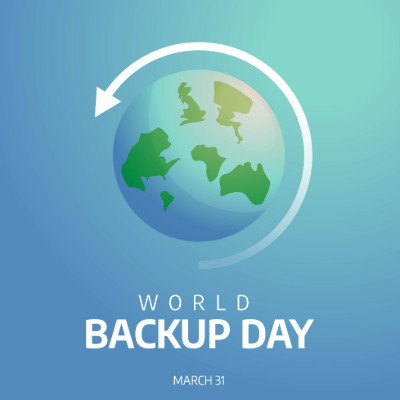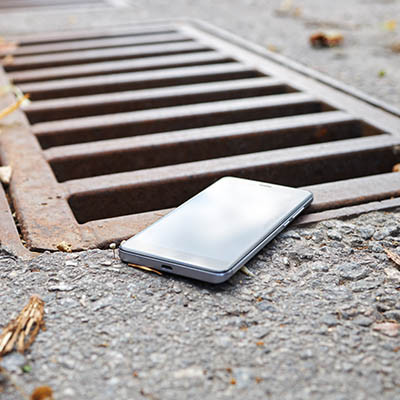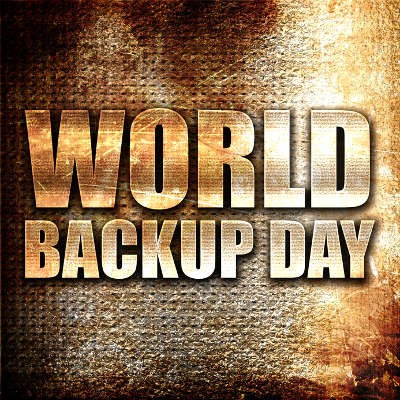Master Solutions Blog
Backup is a decidedly unsexy topic to discuss, but it’s important nonetheless. You can’t trust that your files will always be there—not unless you take action to ensure they’re well-protected and preserved for when you need them most. While you’re busy with other parts of running your business, you need to know with certainty that your files are safe, and we can offer that.
Your business runs on data. You keep customer information, invoices, project files, inventory and much more. If you were to lose it, you face a myriad of problems from hits to your reputation to major downtime. Today is World Backup Day, so we thought it would be good to highlight just how important having a feature-rich and reliable backup strategy is.
Business is all about disaster mitigation and damage control. You never know exactly when something bad is going to happen, but you have to be ready for it when it does. Today, we want to discuss a couple ways that smart technology can help you in specific situations where your business might otherwise falter.
Your business needs to consider business continuity if it wants to outlast the competition, and to do so, you need a data backup plan. Let’s look at some steps you can take today to protect your small business from potentially disastrous situations.
Security is one of the more worrisome parts of running a business, and it doesn’t matter what size your organization is either. Whether you’re a small startup or a large enterprise, security is still going to be paramount. But it doesn’t have to be confusing; in fact, we have three simple strategies you can start implementing today to help you move your security infrastructure in the right direction.
Managing your organization’s data is more than just another thing that you have to gloss over in your attempt at running your business. The simple truth is that your data is one of your business’ most valuable assets. There are several parts to every organization’s data management strategy, and today we will go through three of the most crucial: Storage, sharing, and security.
Tape backup used to be the go-to backup solution for businesses, but it’s since lost its luster in favor of digital backup solutions. You might still find some uses for it, if you find a good enough excuse. Today, we want to examine why you might still use tape backup, even though a Backup and Disaster Recovery (BDR) solution far outshines it.
Data breaches can be a death blow for the small business. In addition to the financial ramifications of such events, they also cost a whole lot in reputational damage and organizational inefficiency. It’s pretty important for personal and organizational security for people to know that there are a few simple things you can do to help keep digital assets secure.
One of the worst-case scenarios is losing your smartphone, and it’s easy to see how something as simple as a lost or stolen device could cause major issues. That’s why it’s important to take security seriously and be proactive, rather than waiting for a problem to occur. Here are four steps you can take now to reduce the risk of a lost or stolen device becoming a serious problem for your business.
If the Internet has made one thing in popular culture abundantly clear, nostalgia is a potent force. It makes us look back on our formative years to experiences that shaped who we are today. One such example is music, but what would you say if we told you that this music could disappear forever?
Technology has empowered us to achieve more than ever, but with that progress comes increased expectations for everyone. This means greater productivity, and the pressure to perform can be relentless at times, making it crucial to find efficient ways to manage our tasks. Unfortunately, there is a natural limit to how much we can accomplish, and certain challenges can push us to that limit faster. Today, we want to explore two of the most common productivity pitfalls.
Data backup is the glue that holds businesses together during difficult times. Despite this, many employees are still unclear on how the whole system works and what data gets backed up. Today, we want to explore this topic and clarify what typically occurs during the data backup process.
We cover data backup and disaster recovery quite a bit, and you might be familiar with some of the terms and strategies we discuss. Today, we’re taking a deeper dive into the 3-2-1 rule and its crucial role in your business’ disaster recovery plan. Let's explore how the 3-2-1 rule can strengthen or weaken your data infrastructure.
There is an almost comical laundry list of problems that all businesses should be prepared for, but what’s not funny whatsoever is what happens when you fail to do so. The term “BDR” is often used as an umbrella term to describe what kind of preparation your organization needs, and today, we want to dive into some of the details that you should know.
Gone are the days when businesses relied solely on manual tape backups conducted at specific intervals. Modern solutions like automated backup and disaster recovery (BDR) have made the traditional tape backup method obsolete.
Over one-third of businesses don’t have any means of backing up their data. This is a major problem, especially considering how many threats there are that can derail operations. For managed IT providers like us, this is painful, as it’s unfortunate to hear about data disasters that could easily be prevented. We’ll discuss some of the biggest reasons why your business needs data backup and disaster recovery.
It’s a nightmare situation for any business owner when all of their essential data suddenly disappears. Fortunately, there are measures that you can take to turn this nightmare into an inconvenience. However, you must also be certain that these measures are adequate to keep your data safe, despite the worst of circumstances.




















